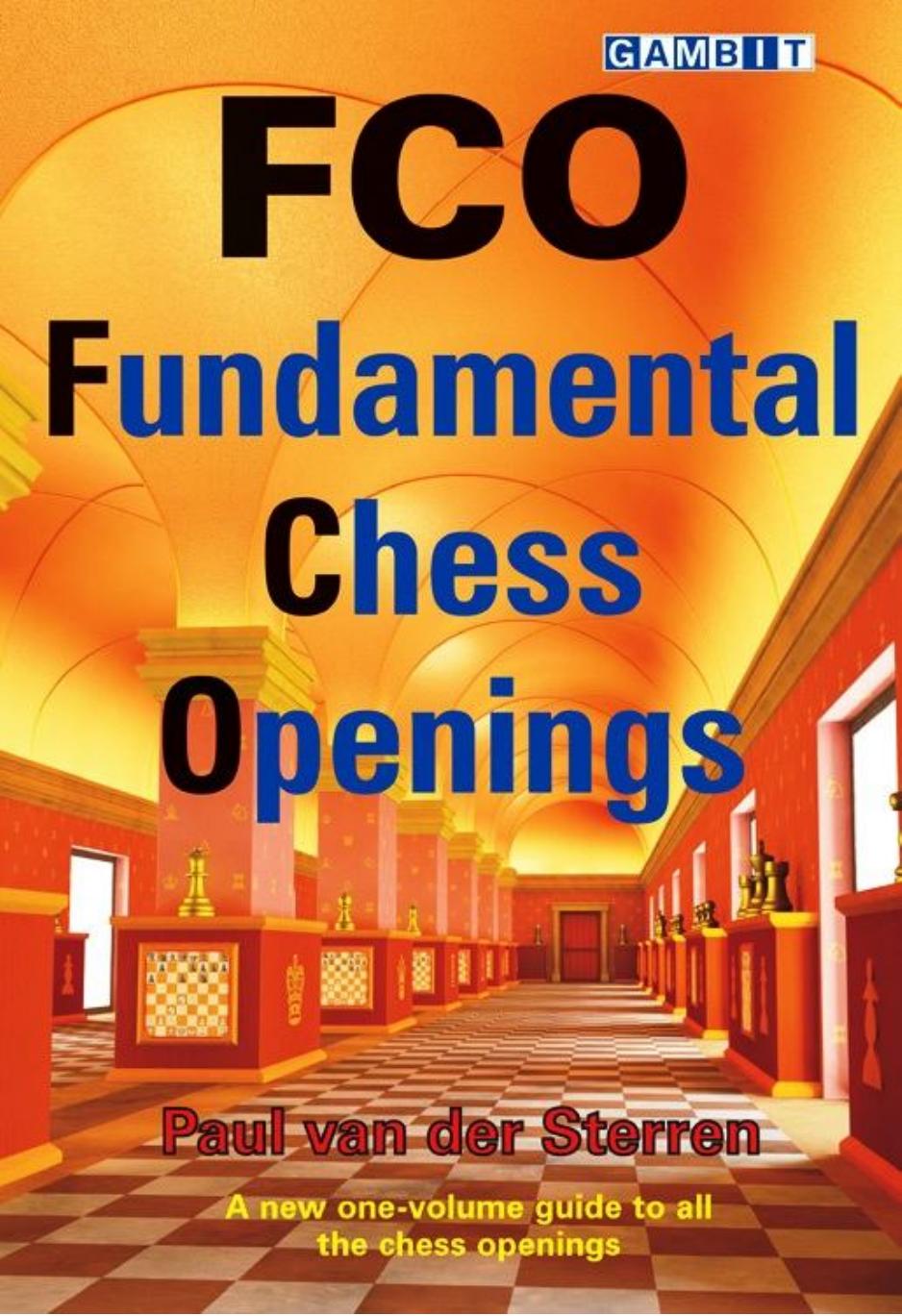Fundamental Chess Openings by Paul van der Sterren

Author:Paul van der Sterren [Sterren, Paul van der]
Language: eng
Format: epub, pdf
Tags: Chess
ISBN: 9781906454517
Publisher: Gambit Publications
Published: 2013-12-26T06:00:00+00:00
White to play
What justifies this little yet significant move is the fact that 4 Bxc6 dxc6 5 Nxe5 does not win a pawn (yet), because of 5...Qd4, but a much deeper point of 3...a6 is revealed after 4 Ba4: from now on Black has the opportunity of breaking the pin of the c6-knight by playing ...b5 at a moment of his own choosing. It is from this position that the great main lines of the Ruy Lopez have germinated, some of them more than twenty moves deep and with innumerable subvariations.
Nevertheless, around 2000 the natural and simple move 3...Nf6 enjoyed a wave of enormous popularity. This is the Berlin Defence, which is much older than 3...a6, but seemed to have all but disappeared in the 20th century, when it was thought that on general grounds the insertion of 3...a6 4 Ba4 could only be to Black’s advantage. But the present popularity of 3...Nf6 is based on a highly specific way of making use of White’s bishop standing on b5 rather than at a4.
3...f5 is a move of a totally different calibre. This is in fact a variation on the theme of the King’s Gambit and it has caused many a 3 Bb5 player a headache over the years. Although always looked upon with distrust at the very highest level, this bold pawn sacrifice has always had a large following among the masses. It is called the Jaenisch Gambit or Schliemann Defence and it is only recommended for lovers of sharp and concrete variations who are not afraid of taking risks.
I shall treat these three moves as main lines in this book. But in a truly great opening like the Ruy Lopez, almost all legal moves have been investigated at one time or another and have been given a name, an assessment and a set of variations in chess literature. The best of these ‘alternative’ lines are undoubtedly quite playable and each of them has its own (modest) circle of adherents.
3...d6 (D), for example, the Steinitz Defence, certainly deserves our respect, if only because it is named after the first world champion, Wilhelm Steinitz (1836-1900).
Download
Fundamental Chess Openings by Paul van der Sterren.pdf
This site does not store any files on its server. We only index and link to content provided by other sites. Please contact the content providers to delete copyright contents if any and email us, we'll remove relevant links or contents immediately.
| Coloring Books for Grown-Ups | Humor |
| Movies | Performing Arts |
| Pop Culture | Puzzles & Games |
| Radio | Sheet Music & Scores |
| Television | Trivia & Fun Facts |
The Infinite Retina by Robert Scoble Irena Cronin(6163)
Harry Potter and the Cursed Child: The Journey by Harry Potter Theatrical Productions(4440)
The Sports Rules Book by Human Kinetics(4290)
Molly's Game: From Hollywood's Elite to Wall Street's Billionaire Boys Club, My High-Stakes Adventure in the World of Underground Poker by Molly Bloom(3485)
A Knight of the Seven Kingdoms by George R R Martin(3191)
Quidditch Through the Ages by J.K. Rowling(3062)
How To by Randall Munroe(3033)
Flowers For Algernon by Daniel Keyes(3021)
Quidditch Through the Ages by J K Rowling & Kennilworthy Whisp(2930)
Quidditch Through the Ages by Kennilworthy Whisp by J.K. Rowling(2813)
Stacked Decks by The Rotenberg Collection(2811)
Quidditch through the Ages by J. K. Rowling(2768)
Quidditch Through The Ages by J. K. Rowling(2730)
776 Stupidest Things Ever Said by Ross Petras(2695)
Ready Player One: A Novel by Ernest Cline(2650)
What If?: Serious Scientific Answers to Absurd Hypothetical Questions by Randall Munroe(2637)
Beautiful Oblivion by Jamie McGuire(2569)
The Book of Questions: Revised and Updated by Gregory Stock Ph.d(2518)
Champions of Illusion by Susana Martinez-Conde & Stephen Macknik(2414)
